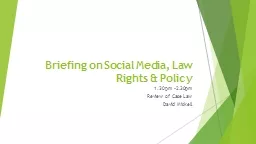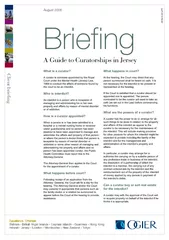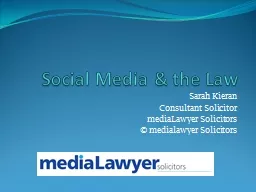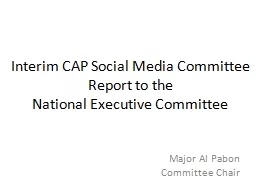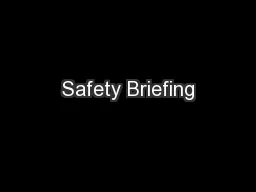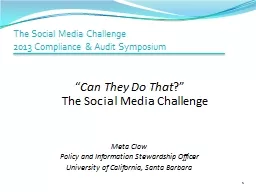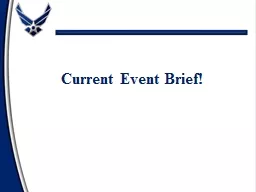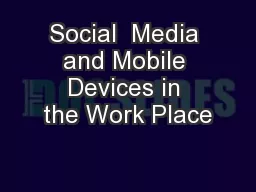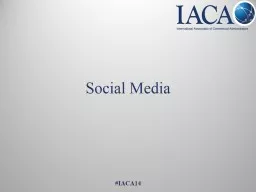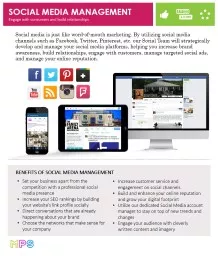PPT-Briefing on Social Media, Law Rights & Policy
Author : calandra-battersby | Published Date : 2016-03-24
130pm 230pm Review of Case Law David Miskell Prevalence of Social Media in Workplace Peninsula Survey 2011 67 of employees admitted to accessing Social Media
Presentation Embed Code
Download Presentation
Download Presentation The PPT/PDF document "Briefing on Social Media, Law Rights &am..." is the property of its rightful owner. Permission is granted to download and print the materials on this website for personal, non-commercial use only, and to display it on your personal computer provided you do not modify the materials and that you retain all copyright notices contained in the materials. By downloading content from our website, you accept the terms of this agreement.
Briefing on Social Media, Law Rights & Policy: Transcript
Download Rules Of Document
"Briefing on Social Media, Law Rights & Policy"The content belongs to its owner. You may download and print it for personal use, without modification, and keep all copyright notices. By downloading, you agree to these terms.
Related Documents

